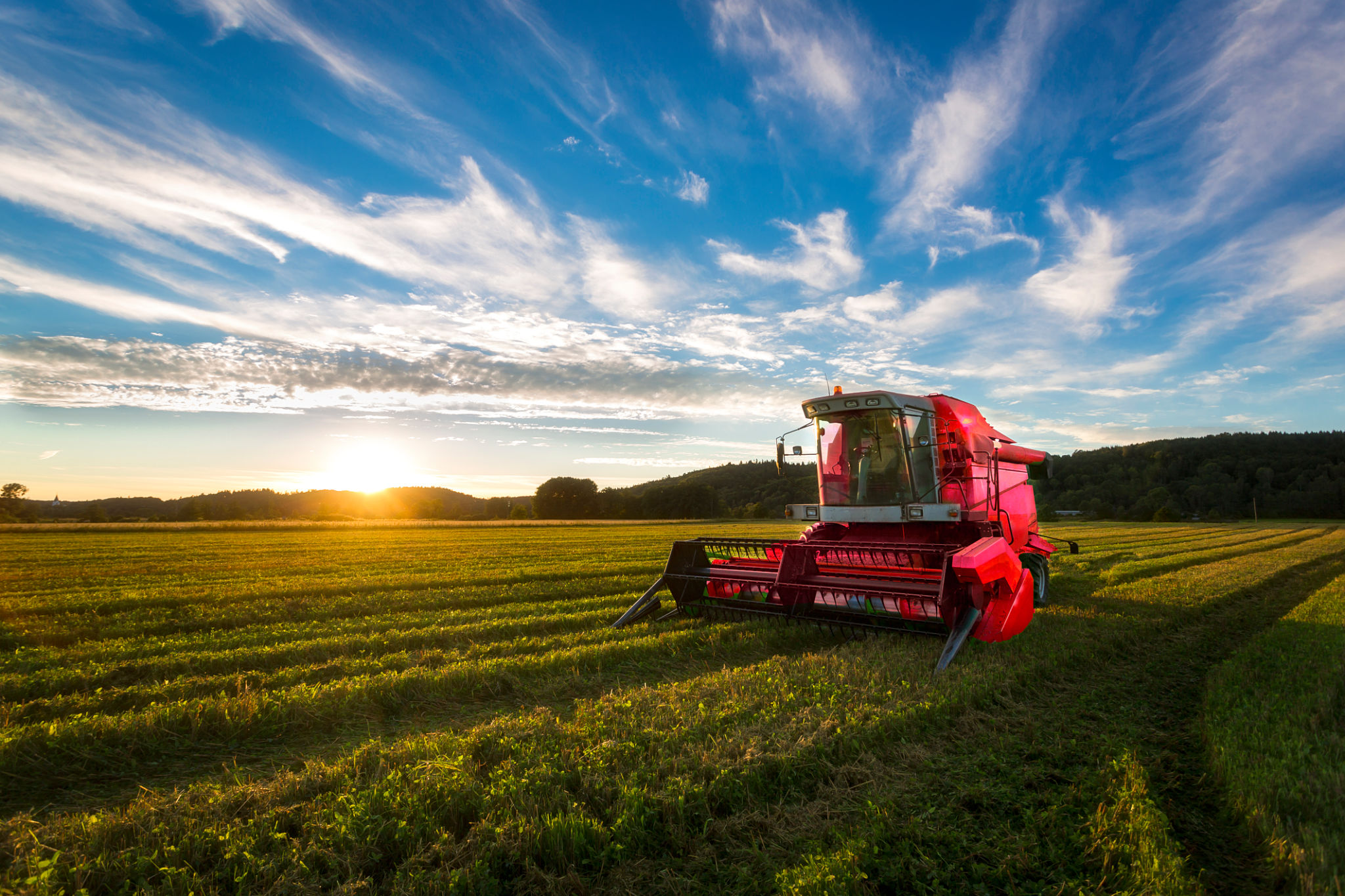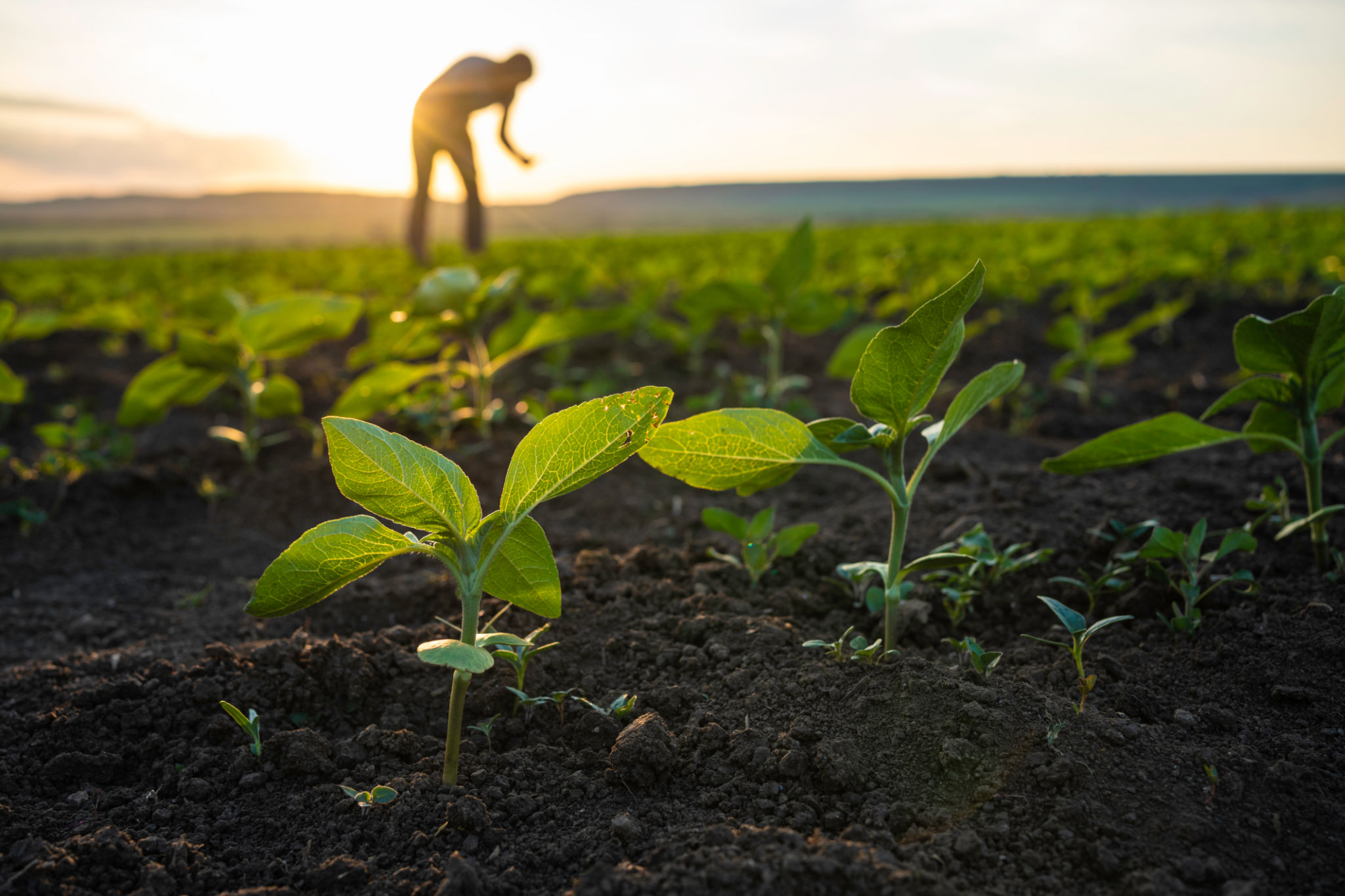Top 5 Myths About Farm Profitability Debunked
Myth 1: Bigger Farms Are Always More Profitable
One of the most common misconceptions in agriculture is that larger farms are inherently more profitable. While it's true that larger operations can benefit from economies of scale, they also face increased overhead costs, including labor, equipment maintenance, and land management. Additionally, larger farms may struggle with market fluctuations that can quickly turn a profitable year into a challenging one.

It's important to recognize that farm profitability is not solely determined by size. Smaller farms often thrive by focusing on niche markets, offering organic products, or providing community-supported agriculture (CSA) subscriptions. These diversified revenue streams can help maintain steady income even when larger farms face downturns.
Myth 2: Technology Is Too Expensive for Small Farms
Many small-scale farmers believe that adopting modern technology is out of their financial reach. However, technological advancements have become more accessible and affordable in recent years. From drones that monitor crop health to mobile apps for managing farm operations, technology can enhance productivity and profitability without breaking the bank.
By carefully selecting cost-effective tools and solutions, small farms can leverage technology to optimize their operations and reduce waste. Grants and subsidies are often available to support the integration of new technologies, making it a feasible option for farms of all sizes.

Myth 3: Organic Farming Is Less Profitable
The belief that organic farming is less profitable than conventional farming is another myth that needs debunking. While organic farming may involve higher initial costs for certification and inputs, it often provides a more stable income due to premium pricing for organic products.
Moreover, organic farming practices can lead to long-term savings by improving soil health and reducing dependency on chemical fertilizers and pesticides. As consumer demand for organic products continues to rise, farmers who invest in organic practices can capture a lucrative market segment.

Myth 4: Livestock Is Always Risky
It's often assumed that livestock farming is inherently risky due to disease outbreaks and fluctuating feed costs. However, with proper management strategies and biosecurity measures, livestock operations can be highly profitable. Diversifying livestock breeds and investing in high-quality feed can help mitigate risks and ensure consistent revenue.
Additionally, livestock offers the opportunity to diversify farm income through products such as meat, milk, wool, or eggs. By focusing on value-added products and direct-to-consumer sales, farmers can maximize their profit potential.
Myth 5: Subsidies Guarantee Profitability
While government subsidies can provide financial support to farmers, they do not guarantee profitability. Relying solely on subsidies can create a false sense of security, leading to complacency in innovation and efficiency improvements.

True profitability stems from strategic planning, market research, and adaptability. Farmers should use subsidies as a means to enhance their operations, invest in new technologies, or explore sustainable practices that can drive long-term success.
In conclusion, understanding the realities of farm profitability involves moving beyond myths and embracing diverse strategies tailored to each farm's unique circumstances. By debunking these misconceptions, farmers can focus on sustainable growth and resilient practices that ensure both economic and environmental sustainability.
